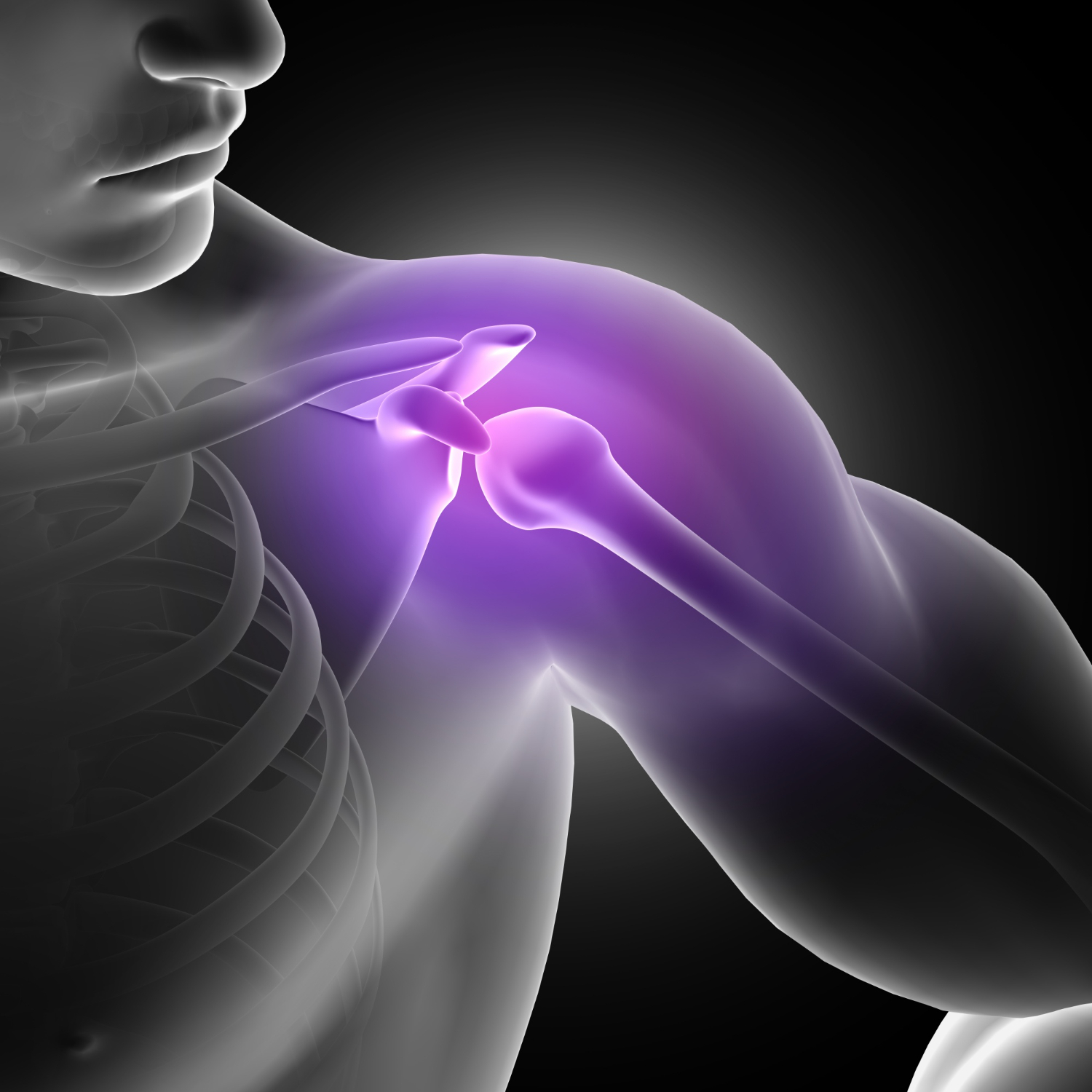
Shoulder Unplugged: Demystifying Shoulder Instability for Indian Patients
Navigating Shoulder Instability: A Comprehensive Guide for Indian Patients
If you’re dealing with the discomfort of shoulder instability, you’re not alone. This guide is tailored to help Indian patients understand this condition, its causes, symptoms, and potential treatments. Let’s unravel the mystery of shoulder instability together.
Shoulder Instability Unveiled: A Quick Overview
Shoulder instability occurs when the shoulder’s ball-and-socket joint becomes loose, leading to excessive movement and potential dislocation. Key terms to know include:
- Shoulder Joint: The joint connecting the arm bone (humerus) and shoulder blade (scapula).
- Instability: Excessive movement or looseness of the shoulder joint.
- Dislocation: When the humerus slips out of the shoulder socket.
Shoulder Instability in the Indian Context: Navigating Daily Life
Managing shoulder instability can be particularly challenging in India, where daily activities often involve lifting, reaching, and carrying. Here’s how you can adapt:
- Awareness is Key: Learn about shoulder instability to recognize symptoms and triggers.
- Consult a Specialist: Seek the guidance of an orthopaedic specialist for proper diagnosis and treatment options.
- Lifestyle Adjustments: Modify your activities to reduce the risk of shoulder dislocations.
The Road to Stability: Understanding Treatment Options
Managing shoulder instability requires a comprehensive approach. Common keywords users seek include:
- Physical Therapy: Exercises to strengthen shoulder muscles and improve stability.
- Surgery: Surgical options to repair damaged ligaments and tissues.
- Rehabilitation: Post-operative care to regain shoulder strength and mobility.
Embracing Treatment: What You Need to Know
Your treatment plan will depend on the severity of your shoulder instability. Here are key considerations:
- Medical Evaluation: Work closely with your healthcare provider to determine the most suitable treatment approach.
- Physical Therapy: Engage in recommended exercises to restore shoulder stability.
- Post-Operative Care: If surgery is necessary, follow your surgeon’s instructions for a successful recovery.
Your Journey to Shoulder Stability: A Final Note
Shoulder instability may present challenges, but it doesn’t have to define your life. By understanding the condition, seeking timely medical advice, and following your treatment plan diligently, you can regain shoulder stability and continue to lead an active and fulfilling life.
Disclaimer: The information provided here is for educational purposes only. Consult a qualified healthcare professional for personalized medical advice.
In this guide, we’ve unravelled the complexities of shoulder instability and provided insights for Indian patients. Armed with knowledge and the proper support, you can embark on a journey towards shoulder stability, allowing you to enjoy life to the fullest.
For More Information, Click here.


